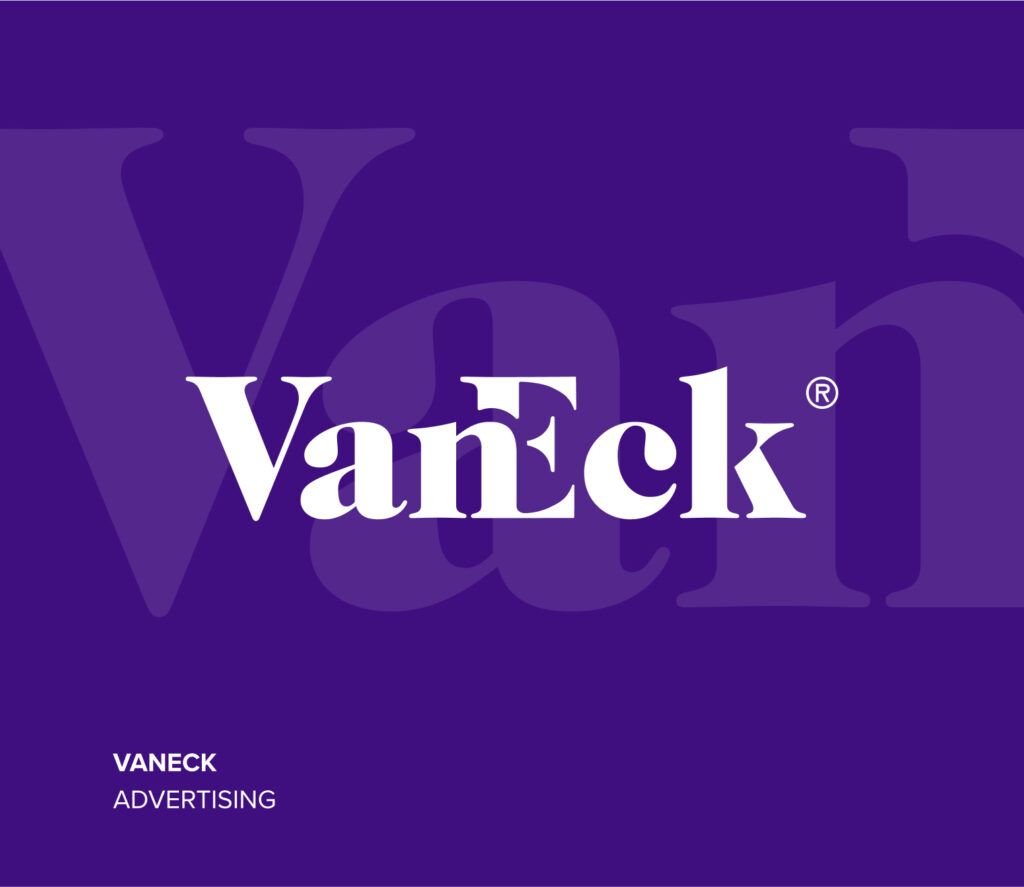Mid-Atlantic Bank Branch Closures Represent an Opportunity to Evolve
The Philadelphia Business Journal recently reported on a new analysis by S&P Global of bank branch closures to date in 2020.
The research found that Pennsylvania and New Jersey ranked near the top of the list for highest net closures by state. Consolidation within the banking sector is nothing new, especially in the Mid-Atlantic region. However, coupled with the shift to digital banking accelerated by COVID-19, what do these closures mean for banks and their customers? Here at Vested, we see a number of opportunities for Mid-Atlantic banks to evolve in response to these trends. Potential outcomes include a more balanced hybrid of digital and in-person customer experiences, a by-appointment model for in-person banking services, and a reimagined physical footprint for local branches.
Striking the optimal digital and in-person balance
Digital banking has made huge strides in recent years, and customers’ expectations have shifted for good. No one wants to go back to waiting in line inside a lobby or at a drive-through window to deposit checks–they expect their banks to offer more convenient options via technology like a smartphone app or, at the very least, a 24-hour ATM. When it comes to basic transactions, the bar for simplicity and convenience is higher than ever.
And as a result of COVID-19, many customers in the Mid-Atlantic region who previously hadn’t taken advantage of their banks’ digital offerings have become more comfortable banking online.
Meanwhile customers still want personalized interaction with their banks in some cases. Especially when it comes to complex or unfamiliar transactions, customers want the option of working with a knowledgeable, credible professional they trust, who can answer their complex or situation-specific questions and l reassure them that their unique needs are being met.
Moving forward, banks in the Mid-Atlantic will be increasingly intentional about striking the optimal balance of digital and in-person services. Successful institutions will fine-tune their digital offerings to reflect customers’ expectations for convenience, creating everyday digital experiences that dovetail seamlessly with their in-person interactions.
Offering services by appointment
Some predict that soon banking will be like going to the dentist in the sense that customers will schedule appointments to visit the branch. With consumers increasingly using digital tools to accomplish basic transactions on their own, it’s the more complex tasks that will require assistance from a professional. Rather than walking into the bank during business hours and hoping someone will be available to help them, customers looking to refinance their mortgages or apply for small business loans will schedule appointments to access these services. Both banks and customers will benefit: banks can staff their branches according to the demand for services, and customers can avoid wasting time waiting to be helped.
Banks can also conduct a percentage of these appointments via video conference. A customer may not be able to take time out of their day to leave work or home and visit the bank during business hours. But what if that customer could access the services they need by hopping onto a quick virtual meeting with their banker? Successful banks will adopt the flexibility to meet customers where they are–even, and especially, if that’s not at the branch.
Rethinking the branch’s physical footprint
The Mid-Atlantic region boasts a number of grand, historic bank buildings: the First National Bank building in Philadelphia, the Savings Bank of Baltimore, and the former Farmers Bank headquarters in Wilmington, just to name a few. In most cases, these soaring, ornate structures are no longer in use as bank locations. However, many bank branches in these states still operate in large spaces designed to accommodate a high volume of foot traffic. When was the last time you walked into your bank branch and every single cubicle or teller window was staffed?
Of course, there is still an important contingent of bank customers who require or prefer in-person service, and banks must continue to accommodate those customers’ needs.
But as more customers take advantage of digital banking services, and as virtual meetings become increasingly common, the “traditional” physical bank branch will evolve to reflect customers’ changing needs and preferences. One of the most positive outcomes of this shift is that Mid-Atlantic banks can maintain relationships with customers, whether they stay in the area or move across the country . The Philadelphian who relocates to Phoenix will be able to keep her accounts, and rely on the team she knows, with her local bank.
Digital transformation in the financial services industry was underway well before the coronavirus pandemic, and shifting customer expectations will challenge banks to keep evolving long after COVID-19 has passed. In the Mid-Atlantic, closing old bank branches creates an opportunity to embrace a newer, forward-looking banking approach.


